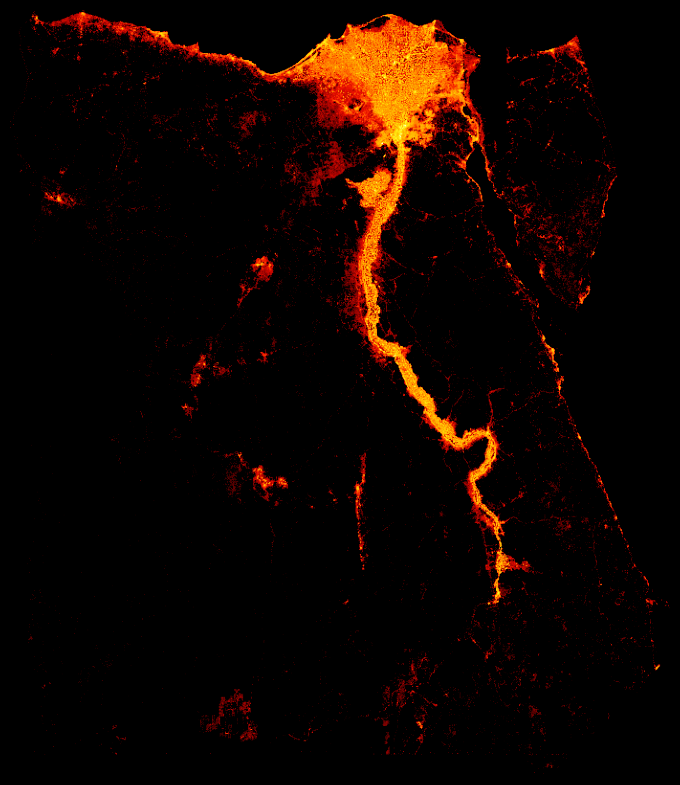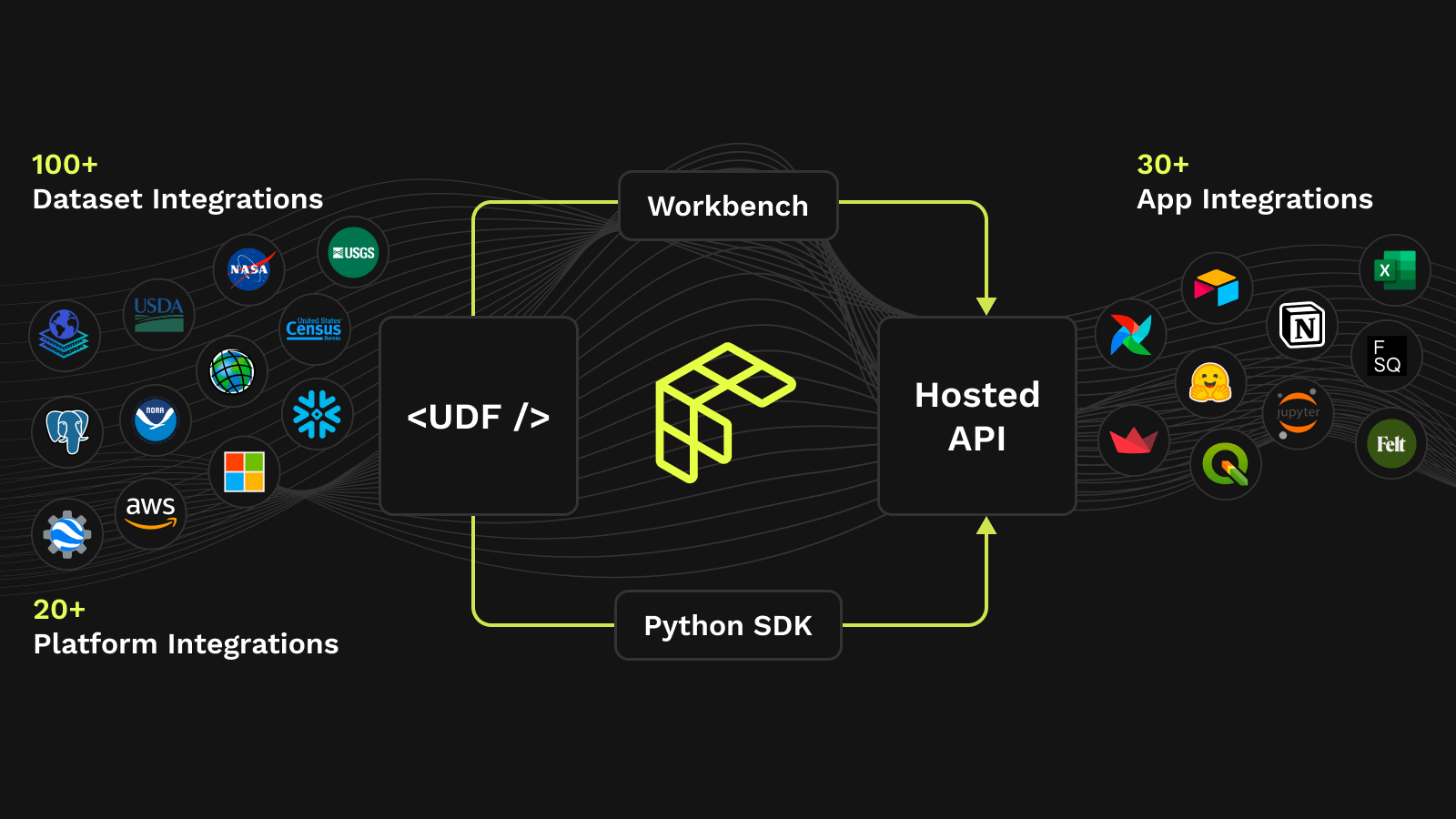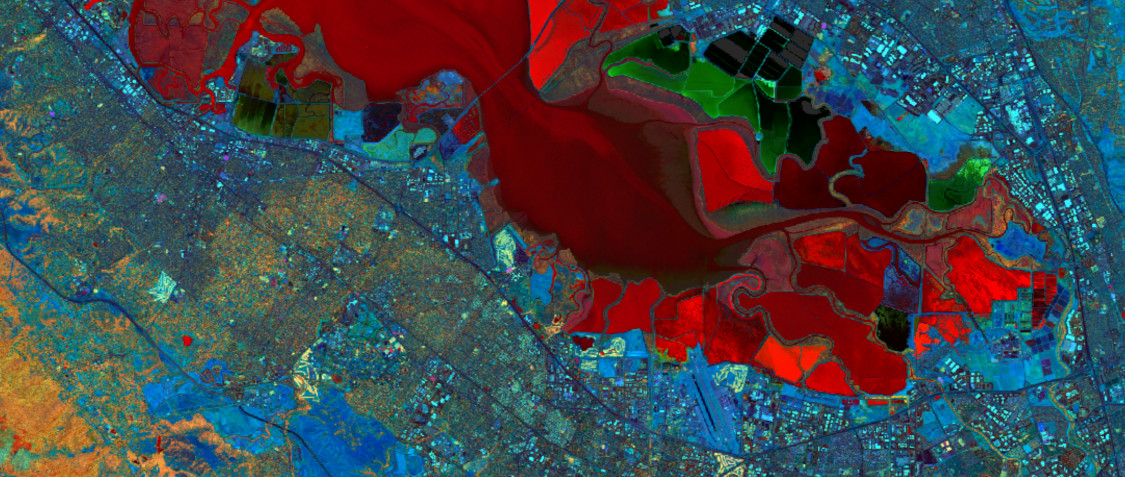The Strength in Weak Data Part 3: Prepping the Model Dataset
Hello friends, thanks for following my journey so far. To catch you up, I'm trying to solve the problem of farmers and traders relying on weak and untimely predictions of corn yield. Weak because they are at the national level and untimely because the predictions come once a month.
So here's the deal: farmers and traders have been relying on national-level corn yield predictions that are not only weak but also painfully slow, arriving just once a month. Imagine making critical decisions based on a single data point each month.
Not ideal, right? That's exactly the issue we're tackling in this blog post series.




























